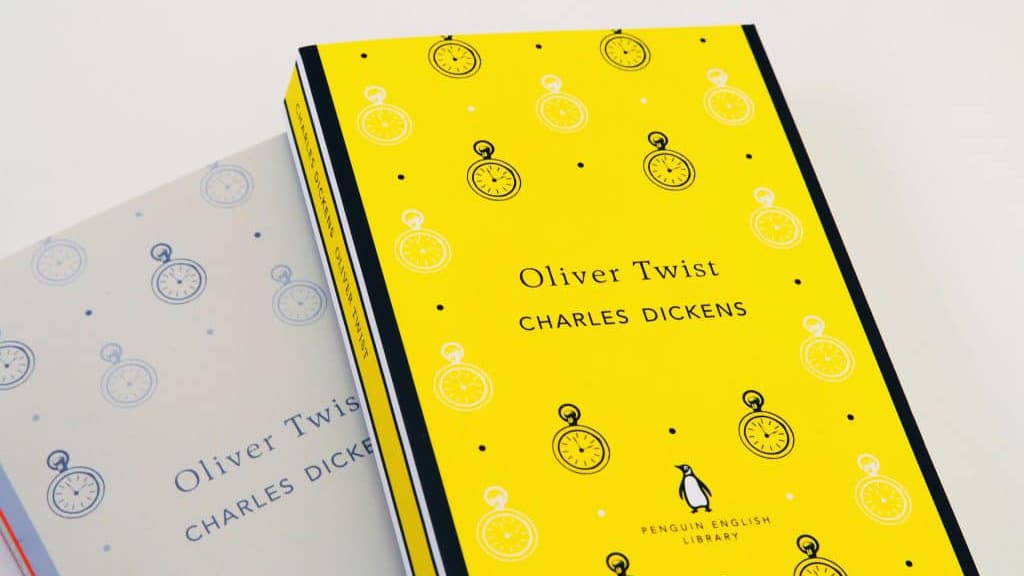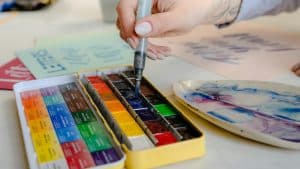5 Tips for Good Design

Creative business tips to kickstart your career as an artist, designer, or content creator.
Whether you are a Web designer, or work in print design, packaging, or motion graphics, some key elements of great design are shared by each design field.
Here are five tips to help you create truly stellar design work.
1. When in Doubt, Add Space
Space is a simple and effective solution for layouts that appear cluttered. Space between two diverse font choices is a way to allow the two type designs to co-exist on the page without appearing jarring or weird. Space is a great way to enhance readability as well—a paragraph with ample line-height and padding around it is easier to read and can appear more poignant as well.
If you’re not sure what’s wrong with your design, consider trying to add some space, as a first step.
2. Use Less Color
New designers sometimes really like to use a lot of color because it can be so expressive in a design. Color can quickly become overused and a visual distraction, though, unless the focus of the design is perhaps about color as a subject itself. Generally, use no more than five colors in a design.
Use color to highlight information and support the visual message of the piece too, try not to use it only decoratively.
3. Use Type Hierarchy
A good design is organized and presents information in a way that relates to the subject matter. Scaling type and using different font styles is a key way to visually separate and inform the viewer about the importance of different information modules in the design. In a typical book cover design you’ll likely see the title quite large and readable, the tag-line and author name smaller and in different styles and the publisher information smaller still.
To better understand type hierarchy, start looking for it in newspapers, books, and magazines, where it is an important aspect of editorial design.
4. Make it Really Good, but not Perfect
You want to work your design to make it good but often a truly great design is a little less than perfect. Aligning your text and stacking it with the same space between each type element is the right approach, but you can also offset the alignment subtly if you think it reads better visually. People don’t like perfect.
The Japanese have an aesthetic tradition that relates called Wabi Sabi. Wabi Sabi is about loving the imperfections of nature and how this is an essential element of real beauty. So, make your designs a bit wabi-sabi, people will probably like them more.
5. Keep it Consistent
If you are working on a project with multiple pieces like an ID kit or a multi-page project like a website or book, it’s especially important to have the design be consistent across all the pieces. Consistency is a key element of professional looking design and also is a great way to present a strong brand image as well.

Margaret Penney is an experienced Brand Designer and Art Director as well as a teacher, designer, writer, and new media artist and Founder and Principal Designer of The Design Craft and 9& Studio.Read more articles by Margaret.
ENROLL IN AN ONLINE PROGRAM AT SESSIONS COLLEGE:





